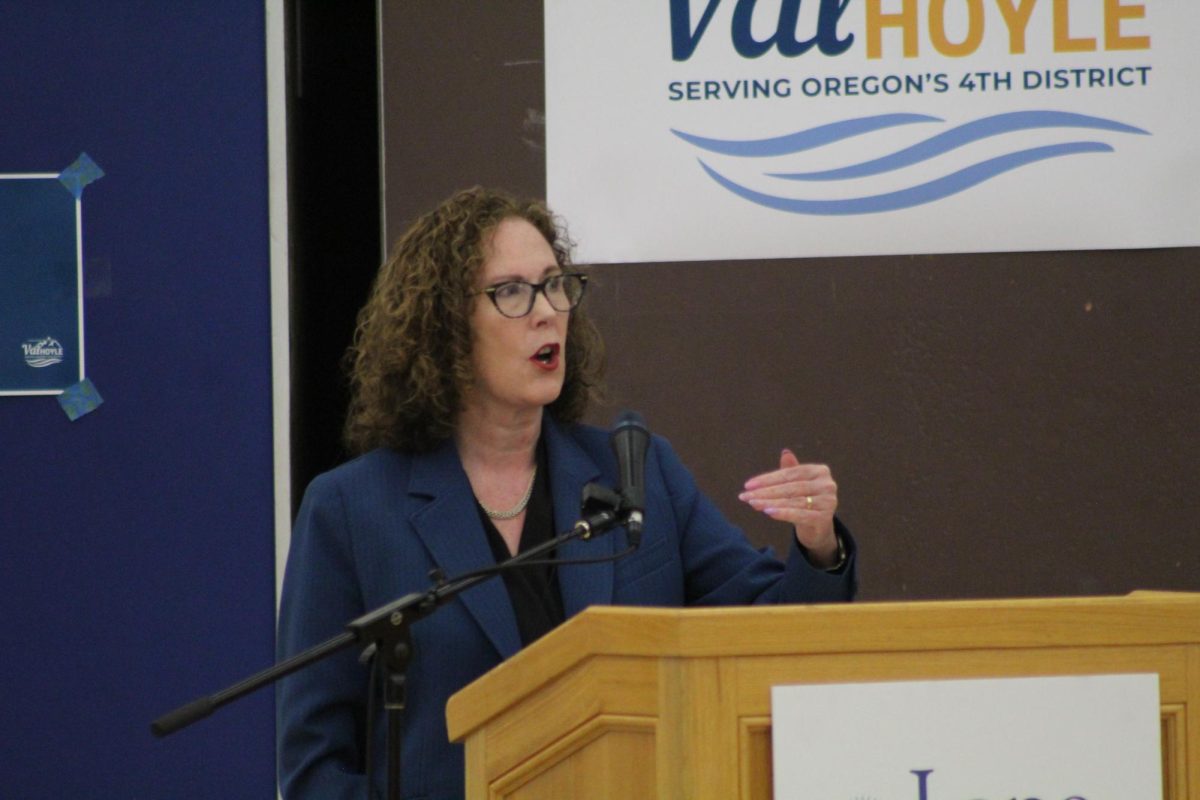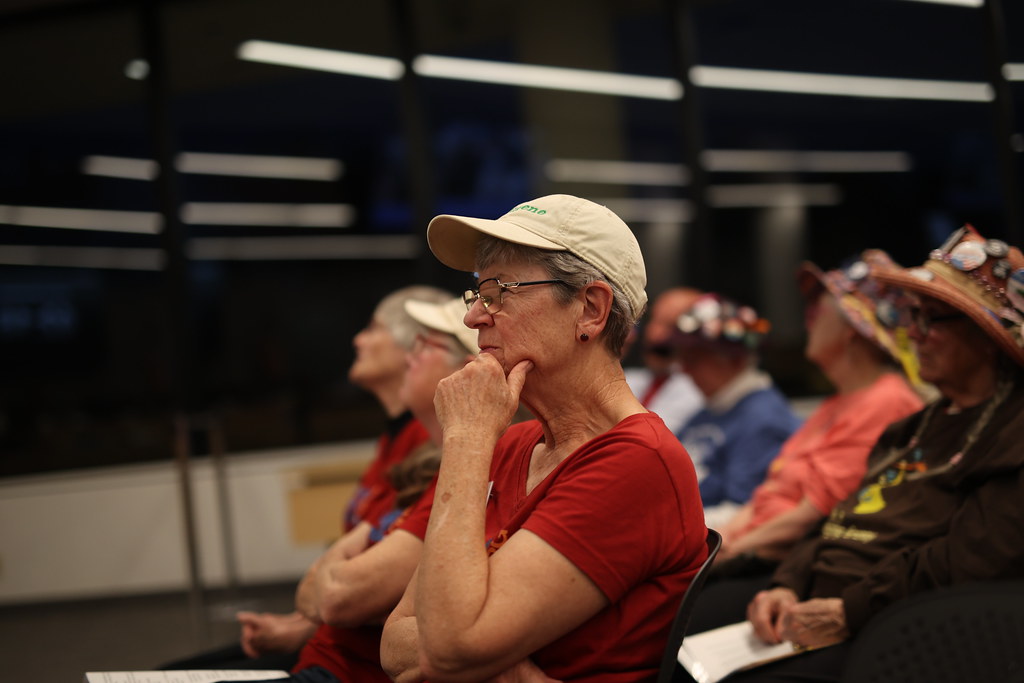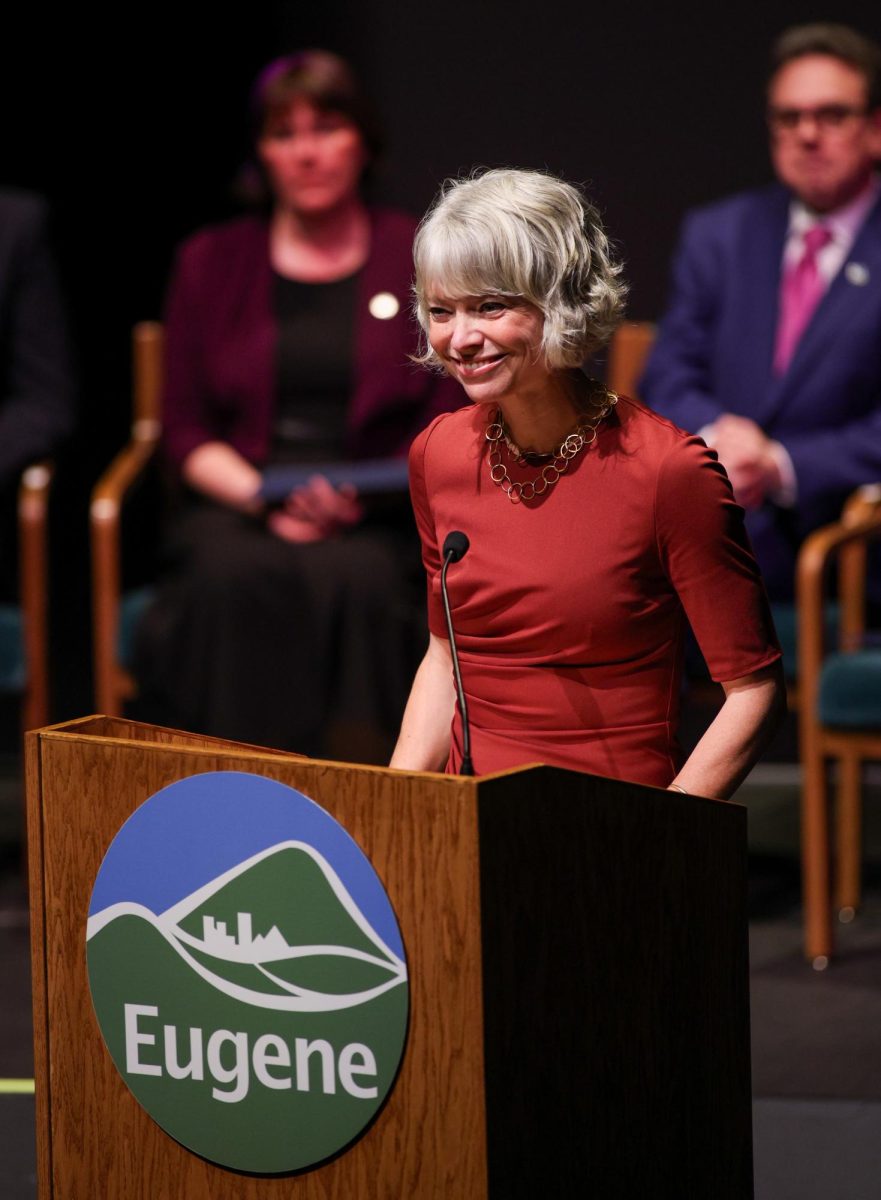The Erb Memorial Union Starbucks filed for unionization on Jan. 4. If employees vote to approve it — and barista Trinity Smith is “not super worried about the vote” — students who work there will be the first University of Oregon undergrads with union jobs on campus. This filing comes in light of a growing movement of Starbucks unionization across the country, but also of undergraduate student workers at UO critically considering their roles and rights.
The word “union” can be associated with legal struggles and red tape, Gordon Lafer, UO political science professor and director of UO’s Labor Education and Resource Center, said. “People often think a union is something about the law,” he said. “It’s having the right analysis, having the right numbers, it’s having the right pitch, but, ultimately, it’s about building an actual organic organization of people.”
A union is a collection of employees at a work site who have joined together to use their collective power to have a say in what they’re doing on the job, Michael Marchman, UO Graduate Teaching Fellows Federation staff organizer, said.
The idea is that there’s power in numbers. While it can be emotionally and logistically difficult to ask for, say, a raise or a change in working conditions, a union can advocate for improvements like these on the workers’ behalf.
“The idea of a union is a recognition that the employer is very highly organized and has a lot of resources, and workers by themselves have very little power,” Marchman said. “Their only chance of really having any say over their life and work conditions is if they join and act as a unit instead of individually.”
So, how do unions come to be?
Starbucks is a private corporation, so the steps to unionization are slightly different than those for students who work at UO. UO employed over 2,000 undergraduate student employees as of fall 2020, all of whom would be considered employees in the public sector. This means they are protected by state and federal labor laws, but students may not know their protections.
The first step to forming a union is to talk about it. Employees at a workplace can start talking about these legal protections, their pay or other things they might want to see changed.
For example, UO dining employees might discuss their strenuous workload. But some employees might feel worried about how their employer could react to discussions of unions.
It’s illegal to be fired or punished in any way for being pro-union, but anti-union employers find ways to break up unions by removing pro-union employees for offenses that don’t usually result in firing or applying intimidation tactics, Marchman said.
“Generally, universities don’t want to be firing their students from a job and don’t want to have their contractors, like Starbucks, firing students from a job both because they don’t want to do that to students and because they don’t want the publicity,” Lafer said.
Once employees have spoken and see an interest, the next step is to sign union cards. A union card is an actual piece of paper on which employees write their names and some employment information to indicate they support unionizing.
For public sector employees, this is the last formal step. Once more than 50% of employees have signed union cards, UO will recognize the union, David Rucker, a steward for the GTFF, said.
This is different from the process for private sector employees who must receive union cards from at least 30% of employees and then conduct an election to determine if the employer must recognize the union.
From there, the union will negotiate a contract with the employer. This is the opportunity to advocate for workers’ needs.
Undergraduate student employees face some barriers when forming a union, particularly employment definitions and high turnover rates. UO could claim some student positions aren’t jobs at all, but are learning opportunities or leadership development, Marchman said.
Lafer said the legal test of this examines how people are hired, trained and promoted, as well as what their day-to-day tasks entail.
For example, graduate employees who teach classes could be told that their teaching role is for their own educational development. However, when UO hires graduate employees, UO doesn’t ask which graduate students need training, they ask which classes need teaching, Lafer said. After grading 50 Spanish 101 tests, he said, the graduate employee has probably learned all there is to learn from that activity, but they are expected to grade each student’s test regardless.
“It’s not like the only thing that’s a job is something that’s brain dead drudgery,” Lafer said. “If these students weren’t doing it, the university would have to hire somebody else to do it.”
Additionally, many undergraduate students only work during the school year, or during part of it, so it can be difficult to build momentum, Marchman said.
Once a union is recognized, some employees can step up to union leadership positions. The union could also ally with a state or national organization. The UO GTFF is a part of the American Federation of Teachers, for example.
Once a union is established, it will remain in place regardless of employee turnover until a majority of employees vote against the union.
The GTFF, the Service Employees International Union and United Academics are three large unions on UO’s campus that can provide guidance.
While unions can seem scary, they are accessible to UO students, as EMU Starbucks employees have proven.
“If you succeed, not only do you end up with a union and a contract, you also end up with a completely different kind of relationship to your coworkers,” Rucker said. “That is amazing and doesn’t happen in many other contexts in our society. People who get really involved in their unions find that they have richer, better, more rewarding, more enjoyable experiences and relationships with their friends and colleagues than they did before.”














